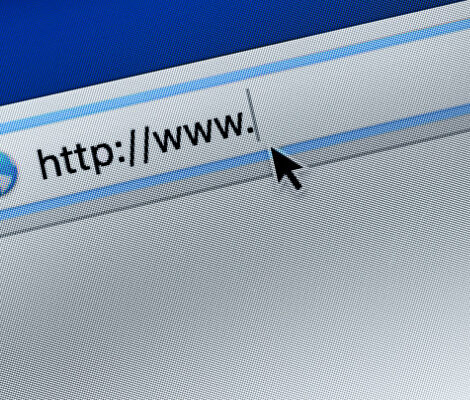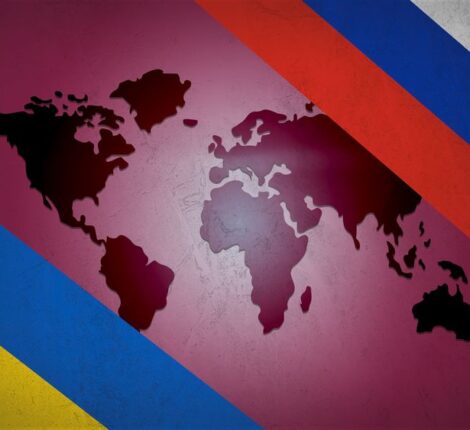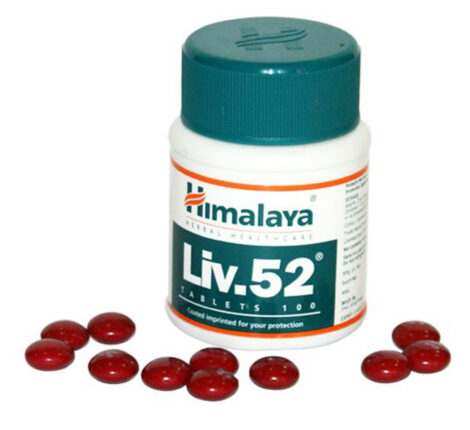Balancing Trademark Protection in Digital World
Introduction:
Licensed innovation alludes to the possession for its intangible product, this incorporates thoughts, plans, images and compositions. It likewise alludes to computerized media, for example, sound and video cuts that can be downloaded on the web. Since protected innovation is intangible on the off chance that it is stolen then it very well might be hard to recuperate.
Therefore, it the need of the hour to inculcate a set of laws pertaining to protection of the IP in this digital world.
Today, the circumstances are changing in this data age where computerized data can be duplicated at negligible cost and the restriction on replicating is eliminated. The approach of digital innovations has in fact changed the world and our life. Numerous regions are influenced and also among them the intellectual property rights have been affected. In the hour of digital innovation, it is conceivable to deliver and spread duplicates of copyrighted works with a click. This has expanded the quantity of copyright infringement just.
In fact, trademark owners need to make sure to web-check for potential brand name encroachments in domain names and on websites to keep track and battle cybersquatting.
Moreover, engineers, they don’t find it easy to moderate encroaching of patents. Organizations (particularly programming designers) are compelled to get rights to “protective licenses” just to battle patent infringement.
The quick development of the digital economy, powered by broadband infiltration, makes global business sectors for rights holders. However, it also leads to a danger that, without sufficient restrictions, blatant theft will harm the innovative ventures.
Internet a boon or a curse?
Today we can’t envision existence without the Internet as it upholds basic needs, for example, well-being and instruction, energy, transportation, banking and account. Internet sometimes also acts as space where everything is easily and readily available, just at a click.
However, the main question remains same: how can we regulate the internet? Surely, the idea of the Internet makes it basically difficult to control Web by a solitary administrative body that would control on the internet.
Trademark Protection:
By opening up new marketing channels the computerized economy offers more extensive degree for utilization of trademark. Firmly identified with brand name assurance is the administration of domain names. The “domain” is the basic passage for brands to showcase and to sell their administrations all around the world. The capacity to secure domain names and where fitting and recuperate them is an undeniably significant part of protected innovation rights.
In 2010, the brand name holders documented 2696 cybersquatting cases covering 4370 space names from 57 nations. Since 1999; 20 000 cases covering 35 000 domain names have come up with 91 percent showing proof of “cybersquatting”.
With the developing use and prominence of the web, an ever-increasing number of individuals and organizations have taken the jumped into the internet to sell, publicize, or advance their organization, name, or products. With this developing advancement, the unavoidable conflict over domain names have developed.
Basically, a domain name is the easy-to-understand web equivalent of a phone number or road address. It is the location of an individual or association on the web where others can discover them, and it can turn into the online personality of that individual or association.
For instance, numerous organizations will enroll their organization name as their domain name. A domain name can work as a brand name on the off chance that it is utilized to distinguish products or services, and isn’t utilized just as a site address. Despite the fact that domain names give access to the global market, they also give prolific ground to infringers.
Quite possibly the most well-known infringement on the web is that done by “cyber squatters.”
A “cyber squatter” or ‘cyber pirate’ is an individual or entity that participates in the infringement, registration and utilization of brand names as domain names regularly, and aim to sell the domain name back to the brand name proprietor or to pull in web traffic to irrelevant business offers.
To give brand name proprietors a cure and a method, by cyber squatters can be eliminated, where two choices were created, the “Anti-Cybersquatting Consumer Protection Act (ACPA)” a government law and the “Uniform Domain Name Dispute Resolution Policy (UDRP or Policy)” which is more or less like “arbitration”.
Many developed countries have brought in laws to protect this but in India we still have no laws to protect them under the Trademark Act, 1999.
Despite this, the Indian Courts have drawn the line between domain name and trademark. The Hon’ble Supreme Court in Satyam Infoway Ltd v/s Sifynet Solutions Pvt Ltd, has seen that the “distinction lies in the manner in which the two operate. A trademark is protected by the laws of a country, where such trademark may be registered. Consequently, a trade mark may have multiple registrations in many countries throughout the world. On the other hand, since the internet allows for access without any geographical limitation, a domain name is potentially accessible irrespective of the geographical location of the consumers. The outcome of this potential for universal connectivity is not only that a domain name would require worldwide exclusivity but also that national laws might be inadequate to effectively protect a domain name”.
The Indian Courts however have perceived the lacuna and nonetheless, apply provisions of the Trade Marks Act to such matters. Taking everything into account, there is no enactment which expressly relates to domain names. Despite the usage of the Trade Marks Act, 1999, domain names yet remain vulnerable and are not protected to the degree needed.
Major issues of developed internet on IP:
The development of the Internet has brought about a phenomenal development in the number of issues about how to protect registered innovations on the Web.
It is essential to distinguish what is the effect of the Internet in Intellectual Property field and to examine jurisdictional issues on account of protected rights and their infringement.
Effect of Internet on IPRs
– No boundaries:
The Internet is a method for correspondence, which disregards limitations or more precisely, it works on a cross-line basis. People do not understand that they are crossing State limits and nobody can prevent an individual from abroad from accessing a site.
With specific reference to IP, the Internet and computerized advancements have made both favorable circumstances and yet have opened door to weaknesses. From one perspective, the Web opens new market openings by permitting creators to circulate their work uninhibitedly to shoppers, diminishing the time among creation and distribution. However, they are presented with more serious danger of uncontrolled counterfeiting, transformation and theft. Now anything can be downloaded by anyone with just a click.
– Infringement:
In numerous regards, IPR infringement on the Internet is not quite distinct from the usual offline method of infringement. However, the speed with which online infringement is accomplished is unique. The infringement that is done by the means of internet will not only affect the IP owner, the investors etc. involved in the process, but also affects the whole society at large. This is the reason it becomes very much important to take some measures as to safeguard it and to prevent the infringement.
– Recognition of the infringer:
The initial phase in implementing IPRs is identification of infringement. However, on the Internet this is a troublesome issue, as certain specialists have contended that the advancements of the computerized situation permit clients to copy, control and transform content impeccably and boundlessly and in manners that might be generally unnoticeable, open doors for disarray, misrepresentation and infringement of IPRs.
When an infringement has been detected, it is important to recognize the infringer and where he is an resident, which is a troublesome for IPR holders. This is so because the Internet makes obscurity conceivable, and devices inaccessible, for example, solid encryption can make it difficult to identify who is responsible for the infringement.
– Jurisdiction issue:
On what premise can the jurisdiction issues be resolved? We still have no answers for these questions. This part is yet not explored.
Conclusion:
In this digital world it is hard to draw a limit line between what is allowable, and what constitutes infringement. We require strict laws to be enacted under the Trademark Act, for the protection of the trademarks in this digital world. Other developed countries have the “Anti-Cybersquatting Consumer Protection Act (ACPA)” and the “Uniform Domain Name Dispute Resolution Policy (UDRP or Policy)” and it is the need of the hour to implement a set of laws for trademark protection and to punish the infringers.




